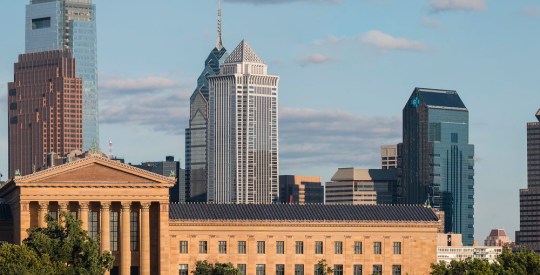The Treasury Department paid $164.4 billion to Fannie Mae and Freddie Mac since placing them into conservatorship in September 2008, but that money may never be paid back. Every quarter, Fannie and Freddie pay a 10% dividend payment on senior preferred stock. Through the first quarter, Fannie drew $99.7 billion and paid $12.4 billion in dividends. Freddie drew $64.7 billion and paid $11.6 billion in dividend payments. The Congressional Budget Office recently estimated the companies will need another $42 billion. But if these companies are ever going to fully return the government investment, drastic measures will need to be taken that may be politically infeasible in the current environment. Analysts at FBR Capital Markets said the only way Fannie and Freddie could repay the government is if Congress raises the guarantee fee, eliminates the dividend payment and allow the companies to sustain their portfolios. “We estimate it would take Freddie Mac approximately 10 years in a normal credit environment to pay back the U.S. government investment, assuming the g-fee is set at 50 bps and the retained portfolio remained static. For Fannie, we estimate it would take approximately 13 years,” analysts said. If the mandate for Fannie and Freddie to continue winding down their portfolios by 10% every year to an eventual mark of $250 billion remains, the payback could take longer. Freddie would need 14 years, and Fannie would need 17 years, according to FBR. However, these assumptions will likely never come to pass. Raising the g-fees for both companies may be the most likely as both Republicans and Democrats see the need to entice more private capital into the market, which a competitive raise to the g-fees would provide. A bill from Rep. Jeb Hensarling already introduced will provide that. But a bill about to be introduced in the House from Rep. Don Manzullo (R-Ill.) would prevent the Treasury from ever lowering the 10% dividend. Another bill from Hensarling would place hard caps on their portfolios until they are reduced to $250 billion within five years. Analysts at the investment bank Keefe, Bruyette & Woods, too, see no real possibility of the government recouping its investment. “Given the size of the dividend, we believe that the GSEs are very unlikely to be able to pay down their debt to the government before they are wound down,” KBW analysts said. FBR currently puts the combined GSEs’ worth at $62 billion if the two companies were spun off in a public offering. This, of course, falls short of the capital needed to pay off the preferred stock, which FBR said is worthless. “We do not believe the preferred stock has value, given the political nightmare that could be created if the government (a.k.a. the U.S. taxpayer) loses money on its investment while preferred shareholders make two-, five- or even 10-fold on the dollar,” FBR said. Whatever becomes of the GSEs, analysts at FBR do not expect Congress to come to an agreement for at least three to five years. And this stalemate will only make it harder to avoid the status quo. “We are no closer to reform today than a few months ago, and, considering the current political climate, this will likely be the case throughout the current Congress. Given the complexity of the issue, we believe that as time goes by and we move further away from the crisis, wholesale reform will become more difficult to enact,” FBR said. “If that is the case, this increases the odds that Fannie Mae and Freddie Mac remain intact.” Write to Jon Prior. Follow him on Twitter @JonAPrior.
Fannie, Freddie may never pay back the government
Most Popular Articles
Latest Articles
Pennsylvania home sales surge in March
Even as the spring homebuying season got off to a slow start across much of the U.S., one of the most populous states saw increased activity.
-
Ginnie Mae expands its monthly single-family reporting
-
Freddie Mac’s proposed home equity product could unlock $850B in originations
-
Brian Icenhower on impact of commission lawsuits and low volume
-
Opinion: If you’re chasing volume, you’re chasing the wrong carrot
-
Why are existing home prices rising when sales are still so low?



